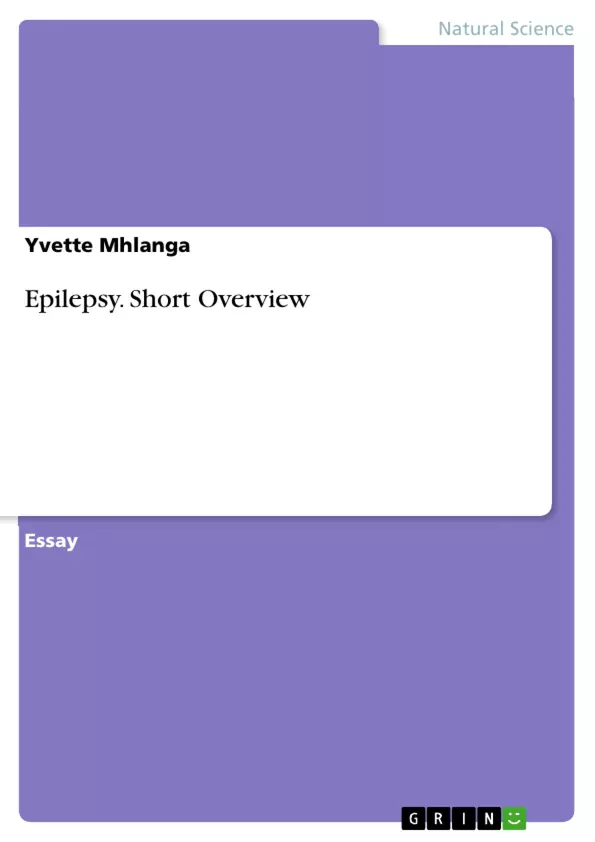According to census estimates, one in 103 of the UK population have epilepsy and it is usually misdiagnosed in 20–31% of cases. Sisodiya & Sander (2004) suggest that with an optimal treatment routine 70% of the population could become seizure free. However, the reality is less encouraging since Moran et al (2004) found that only 52% of people with epilepsy were living without seizures. This reflection considers my experience in caring for a service user with learning disability (LD) and suffers from epilepsy. Furthermore, it will focus on the bio-medical aspects of epilepsy and how it has affected my service user and the treatment available. In addition, it will explore the meaning of quality of life and the psychological factors experienced by the service user in their daily life. Names of individuals have been changed to adhere to confidentiality, NMC (2008).
Table of Contents
- Causes of Epilepsy
- Case Study: Mary
- Psychological Impact of Epilepsy
- Social Impact of Epilepsy
- Managing Epilepsy
- Social Policy and Public Health
Objectives and Key Themes
This essay aims to provide a comprehensive overview of epilepsy, exploring its causes, impact on individuals, available treatments, and the broader societal implications. The essay specifically examines the experience of a service user with learning disabilities who suffers from epilepsy, highlighting the unique challenges they face. Key themes explored include:- The biomedical aspects of epilepsy and its causes
- The psychological and social impacts of epilepsy on individuals
- Available treatments for epilepsy, including both traditional and complementary therapies
- The role of public health and social policy in supporting individuals with epilepsy
- The importance of education and awareness-raising in relation to epilepsy
Chapter Summaries
- Causes of Epilepsy: This section provides an overview of the known causes of epilepsy, including birth trauma, head injuries, brain infections, and inherited brain diseases. It also discusses the concept of a low seizure threshold and factors that can trigger seizures.
- Case Study: Mary: The essay focuses on the case of Mary, a 40-year-old woman with learning disabilities who has epilepsy. This section highlights the challenges Mary faces due to her condition, including the occurrence of catamenial seizures and the difficulty in distinguishing epileptic seizures from other behaviors associated with learning disabilities.
- Psychological Impact of Epilepsy: This section explores the psychological impact of epilepsy, including the increased risk of depression and the role of sex hormones in influencing both epilepsy and depression. The essay also examines the research on cytokine ILIB and its link to depression in individuals with temporal lobe epilepsy.
- Social Impact of Epilepsy: The essay examines the social implications of epilepsy, including the challenges faced by individuals with epilepsy in areas such as driving, employment, and social identity. The stigma associated with epilepsy and its impact on self-esteem are also explored.
- Managing Epilepsy: This section delves into the various treatment options available for epilepsy, including anti-epileptic drugs, complementary therapies, and emergency medications such as rectal diazepam and buccal midazolam. The essay also discusses the side effects and limitations of these treatment options.
Keywords
This essay focuses on the complexities of epilepsy, examining its biomedical aspects, its impact on individuals’ psychological and social well-being, and the available treatment options. The essay explores key concepts such as seizure threshold, catamenial seizures, stigma, social identity, and the role of public health and social policy in supporting individuals with epilepsy. It emphasizes the importance of education, awareness-raising, and the need for improved understanding of epilepsy, particularly within the context of learning disabilities.- Quote paper
- Yvette Mhlanga (Author), 2014, Epilepsy. Short Overview, Munich, GRIN Verlag, https://www.grin.com/document/293135



